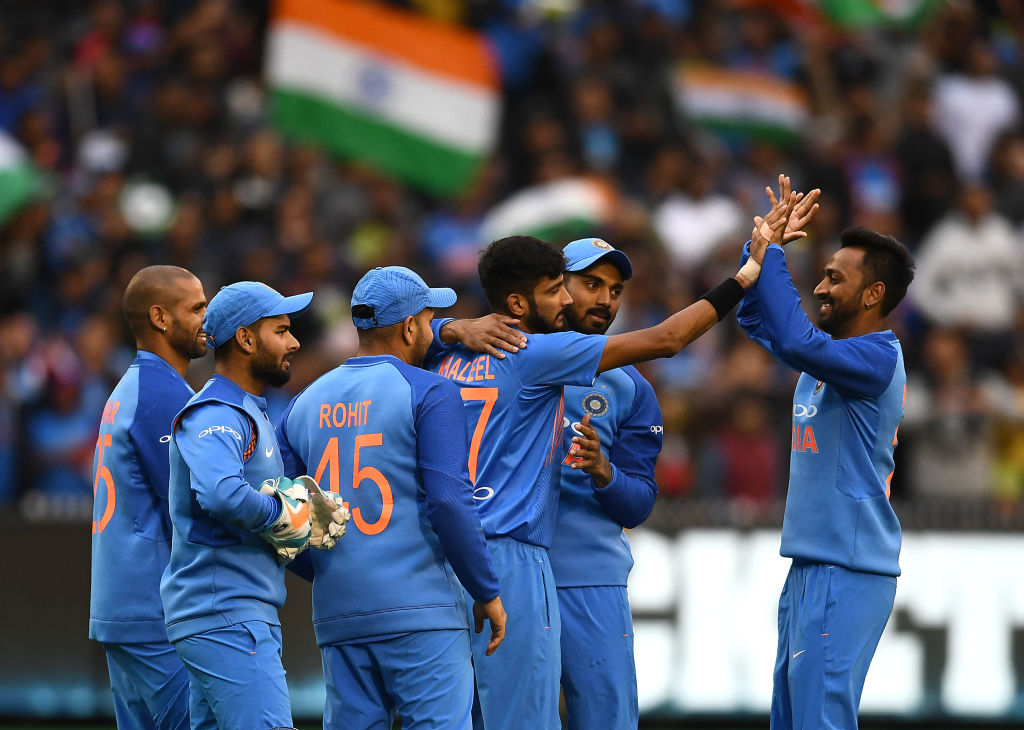Cruel reality check to India’s archaic T20 plans but will they learn

It was always coming. First, it was Australia, then South Africa, and now, Bangladesh. India, that boasts of some of the finest cricketers of the era, has faltered in T20Is at home conditions - a complete contrast to the way they dominate the other two formats of the game. It's a story worth noting.
Phill Simmons might not have been that celebrated a coach in T20s like a Justin Langer or a Tom Moody or a Stephen Fleming, but his sharp thoughts about the format will make you listen. He has a knack for understanding and analysing data and giving his players a clarity of thought, which, in hindsight, can be understood from the way Windies approached the 2016 World T20 in India.
There was a clear structure to their every tactical move. Be it Carlos Brathwaite going for those four humongous sixes against Ben Stokes, to the team choking India in their own overconfident approach in the semi-final, Windies had destroyed the narrative. The tournament, in more ways than one, a myth-burster, and one that T20 needed to make people understand that - it is not a format of the sport, it is a different sport itself.
Three years later, in the first T20 against Bangladesh in Delhi, as Shikhar Dhawan and KL Rahul were struggling to connect the ball against Bangladesh off-spinners, it made one wonder. India is home to the biggest T20 league in the world, but what comes across strangely anachronistic at a time, they have been archaic in their approach in the shortest format of the game. A complete anomaly of sorts.
But this problem also leads to the question - is there any other option available in the pool? India has, more often than not, fallen in love with the traditional orthodox batsmen – be it a Tendulkar or a Gavaskar or a Dravid for that matter. They happily accepted MS Dhoni’s bottom-hand hockey batting as their own, but among the coaches, there is an inherent hesitancy to adopt and as a result, the country is yet to see an out-and-out T20 superstar.
The demands of the modern-day game have also been changing drastically and carefully-crafted bowling tactics are enough to curb the run flow. While relying on the textbook is actually fine for the all-round development of one’s game, having a reverse-sweep or a scoop shot in the arsenal would help any batsmen score effortlessly in the abridged version of the game. India clearly lacked that - starting from top to bottom. It is an endless sense of calming chain, very often used as a power-pack in a T20 but with a little knowledge of its usage.
Every time a Rishabh Pant fails to clear that one six, or Hardik Pandya couldn’t stand up to the promise, Indian fans fill social media with anger. It might sound very absurd in the context, but range-hitting is an art that one doesn’t learn on a day. Both Pant and Pandya - supremely talented cricketers in their own right - have been two fine exponents in that regard in India, who unlike Rohit Sharma’s silky skills to hit sixes, have been blessed with the immaculate amount of courage to go for the expertise.
With the notion of batsmanship in the format changing, the likes of Evin Lewis, Jonny Bairstow, Alex Hales, and David Warner have destroyed the fundamental rule of limited-overs batting that batsmen should play themselves in the first few overs in order to keep the team safe. This also increases the impact of a par score, the trend of which in the IPL, is quite interesting, to say the least.
Since 2013, in the IPL, the average first-innings score has been 162 and the teams who are able to restrict the opposition to 10% under the par score, have been more successful than scoring 10% over the average by themselves. That means those who score 10% higher than the par score which is 178 or more manage to win 63% of games and on the contrary, the teams who restrict the opposition to 10% less than the par score that is 146 or under win 83% of matches. So, it is statistically proven that restricting a team to 15 runs under par is actually better than scoring 15 runs over par when you are batting.
That left India’s batting in a very disastrous state, a failure to inspire confidence often resulting in a situation like yesterday - India were all out for 148 and lost the game. It helps India in run-chase where they have a clear vantage point to look at the proceedings but you are not going to win the toss every day. India have been caught in a diabolical situation. T20 has changed dramatically over the years and it is downright futuristic. Lapping up to the idea and acting on it would be beneficial for Indian cricket. The Delhi loss should act as an inspiration for the future course correction.

Comments
Sign up or log in to your account to leave comments and reactions
0 Comments